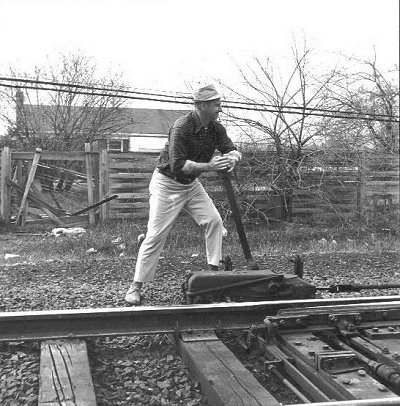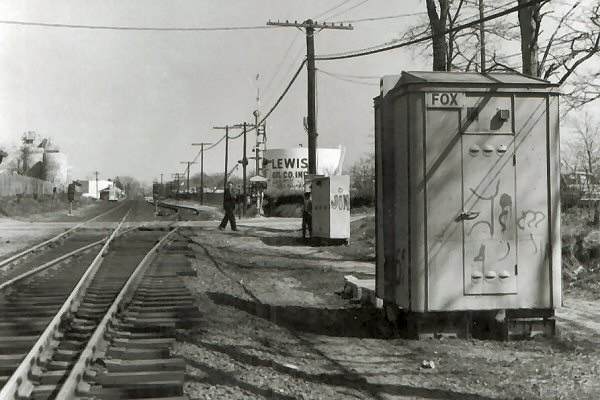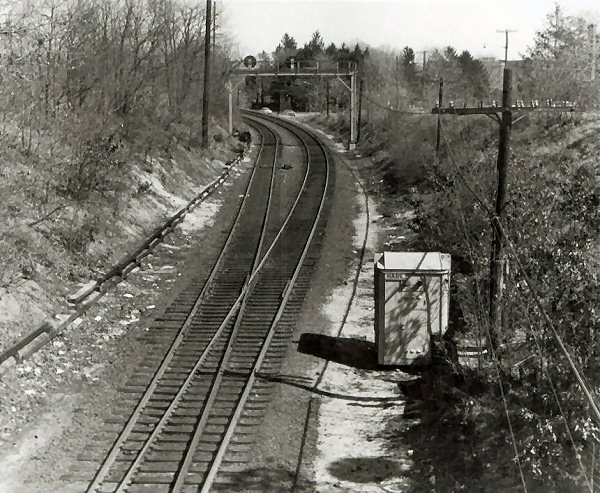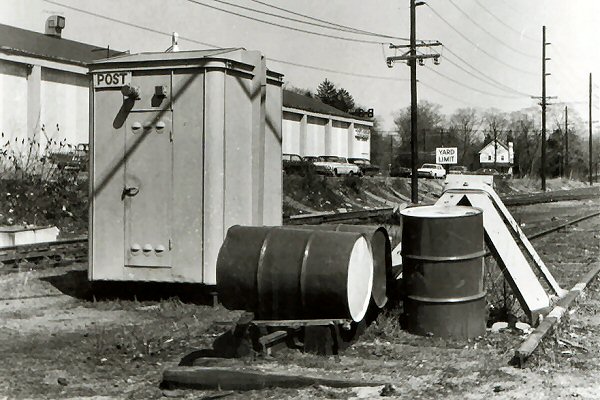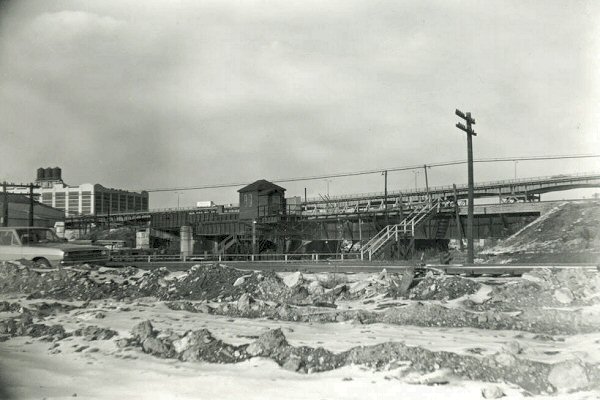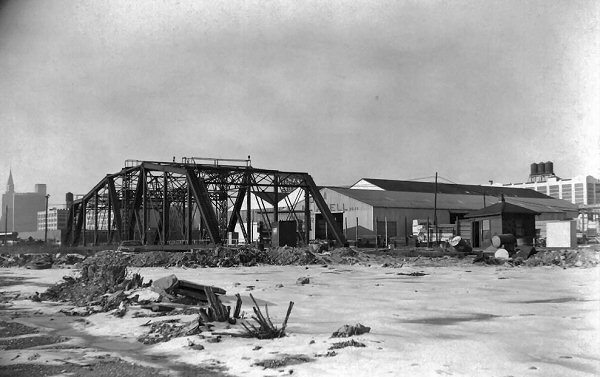
Jersey Mike, I have been thumbing through several LIRR Employee Time Tables from over the years.
I haven’t found any reference to “Towers.”
I have, however, found the list at the beginning of the ETTs lists of Interlocking, Interlocking Stations, Block Stations and Block-Limit Stations. The western most such station on the Montauk branch is Bliss.
All of these stations listed are on main track, and the Montauk Cutoff is not a main track.
Before a head on collision in the 1970s, it was yard track, under the jurisdiction of the yardmaster at Yard A. Bliss let trains in, by signal indication, after conferring with the yardmaster.
Yardmaster gave permission to enter from Yard A and Bliss was notified of the train’s movement and as to its destination, number of cars, eng.#, etc.
Nobody notified the bridge tender at Cabin M of anything. HE, However, had to get permission from the yardmaster to raise the bridge when it was needed.
After the head on collision, all jurisdiction went to the operator at Bliss. At that time, anyone entering the Cutoff or Secondary C, except AT Bliss, would have to copy an “S” card, issued by Bliss.
Signals were displayed to trains at several locations that were not Block Stations or “Towers”
Entering Yard A from the Westbound Cutoff a dwarf signal was mounted on the Thompson Ave bridge and displayed a stop until the switch tender at Thompson Ave turned the handle in his shanty to display a restricting. After doing so, a hand sign with a yellow flag would be required.
The conductors on the Yard A Hump and at 8th Street Hill both signaled the engine crew by means of a high position light signal.
This was also used on the Holban Hump where two of these signals were all they could have to convey the conductors message. If a third signal had been required, then contract questions would arise from another craft.
Entering Hillside, freights, or any other type of move, would have to get off at the T-box at the sub-station to advise the clerk at Hillside that they needed the signal (much like Thompson Ave) that they were ready to enter the yard.
`As I said in my post, Cabin M was not nor is it a tower OR a block station. It did not control the movement of trains but was there to open the bridges under his command---when he had permission to do so.
